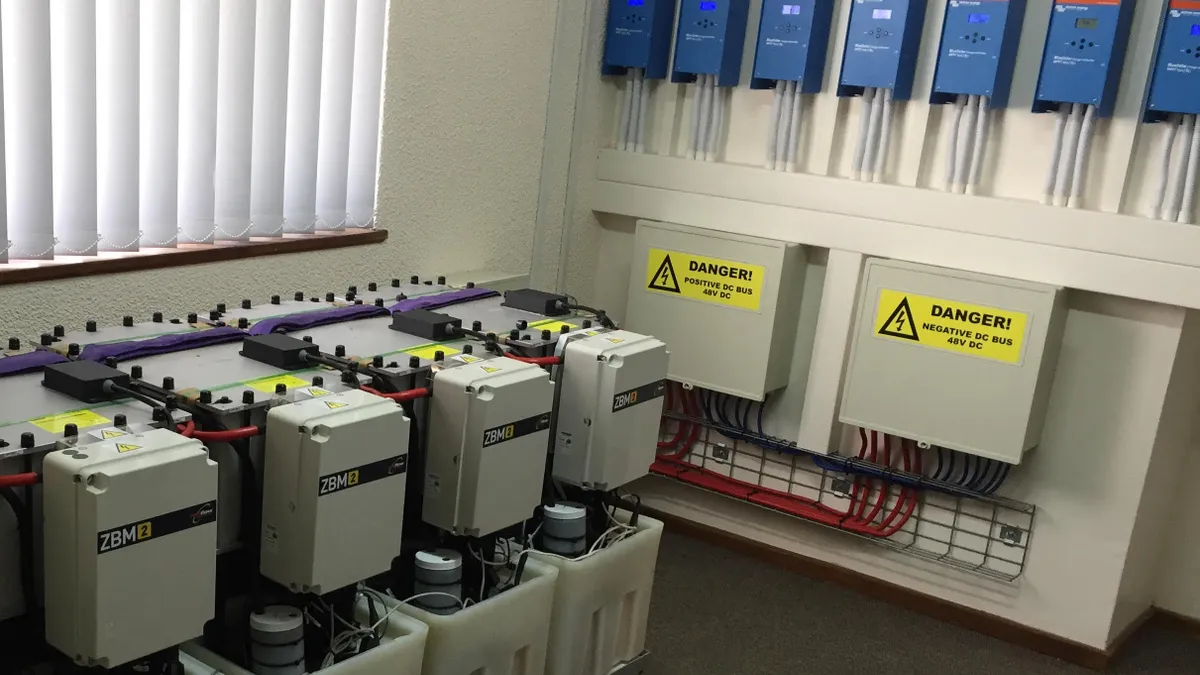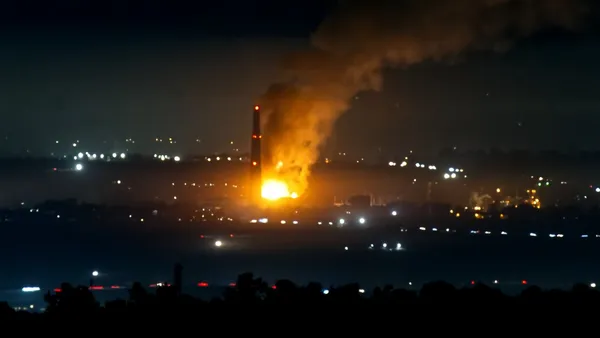The California Energy Commission last week approved $26.7 million in funding for three long-duration energy storage projects that will be built by Redflow, RedoxBlox and Noon Energy to serve disadvantaged, low-income and tribal communities.
“These grants are really putting a marker around California's commitment to ensuring we're going to get long-duration energy storage to complement battery storage on the grid to meet our goals,” CEC Commissioner Patty Monahan said during the agency’s June 12 meeting.
The funding grew out of a solicitation for demonstration and deployment projects that could speed up commercialization of long-duration energy storage technologies while improving grid reliability and resilience for disadvantaged and low-income communities and California Native American tribes, according to the CEC. The solicitation required 100-kW/24-hour minimum capacity and duration using electrochemical or thermal battery storage.
The agency awarded the Barona Group of Capitan Grande Band of Mission Indians $9 million to install a 1.5-MW/6.6-MWh zinc bromine flow battery system built by Brisbane, Australia-based Redflow, according to a staff memo. It will be part of a microgrid and will be able to discharge at least 100 kW for up to 24 hours, staff said.
RedoxBlox received $8.9 million for a 3-MWh thermochemical energy storage system on the University of California at San Diego’s medical campus that will provide more than 24 hours of electrical output, staff said in a memo.
The technology could be used to convert gas-fired power plants into clean energy storage facilities, according to James Klausner, RedoxBlox executive chairman and Michigan State University professor.
“We're making use of existing inertial assets, and rather than providing energy to those assets through burning natural gas, we're just using heat from our storage facility to power those assets,” he said at the CEC meeting. “It's inertial support for the grid, which we look at as being essential for stabilization of the grid.”
The CEC awarded Noon Energy $8.8 million for a 100-kW/10-MWh reversible carbon dioxide-to-carbon storage system that when combined with an existing 7-MW solar photovoltaic field can provide up to 100 hours of capacity, staff said in a memo.
Noon Energy’s carbon-based technology uses abundant materials and a simple reaction that is similar to photosynthesis, Zoe Higgerson, a utilities engineer for the agency, said at the meeting.
The system will be sized to store energy for multiple days and can balance seasonal variability to enable 100% solar and wind power by making their intermittent supplies available 24/7, year round, said Chris Graves, Noon Energy CEO.
Long duration storage can support California’s ramping needs in the evening, while creating opportunities to retire gas-fired power plants, especially in low-income and disadvantaged communities, Siva Gunda, CEC vice chair, said.
California could need up to 37 GW of long-duration storage to replace its gas-fired capacity by 2045, according to a CEC report released earlier this year.














